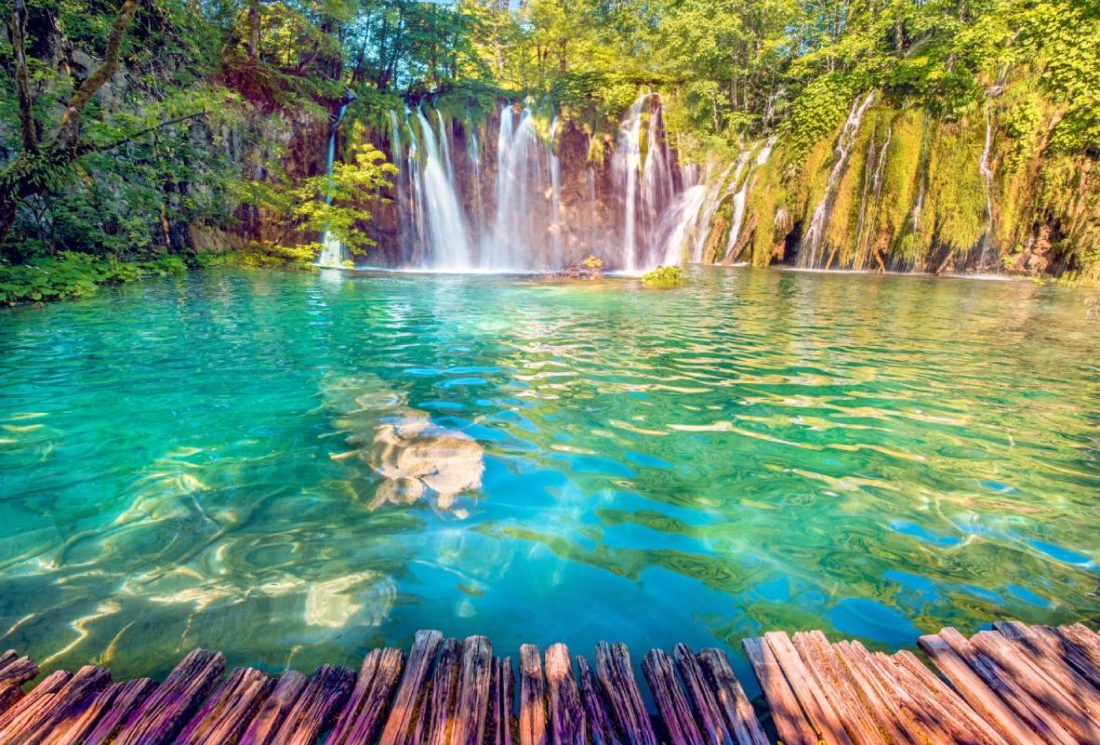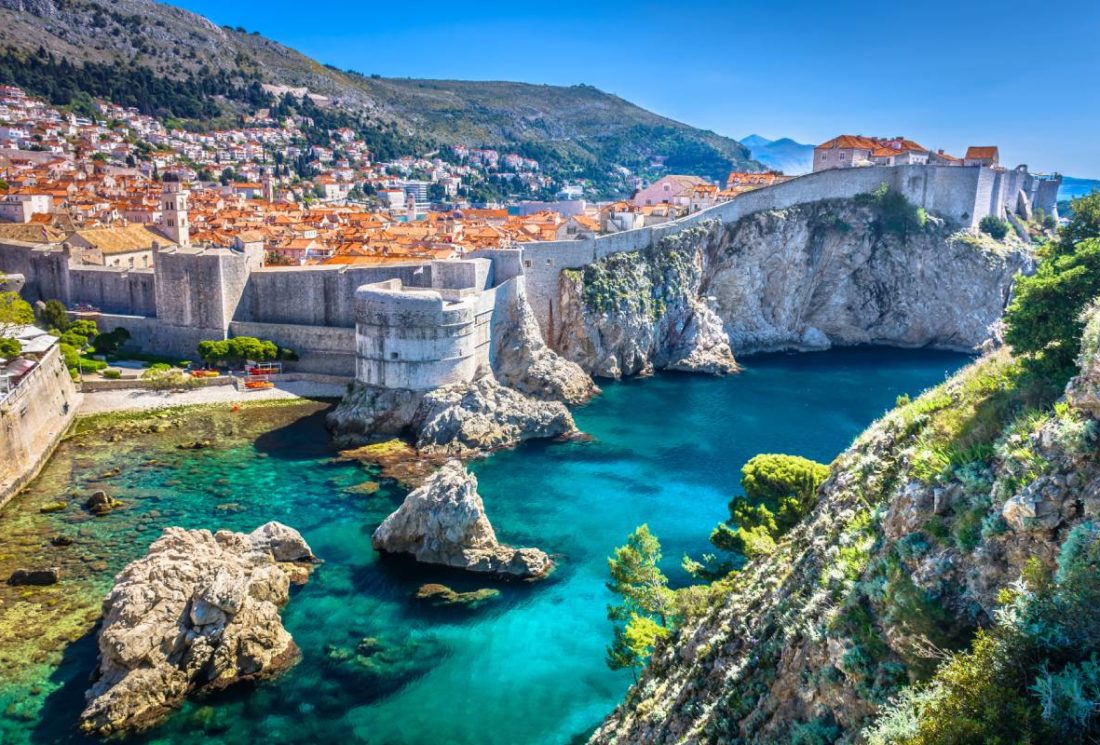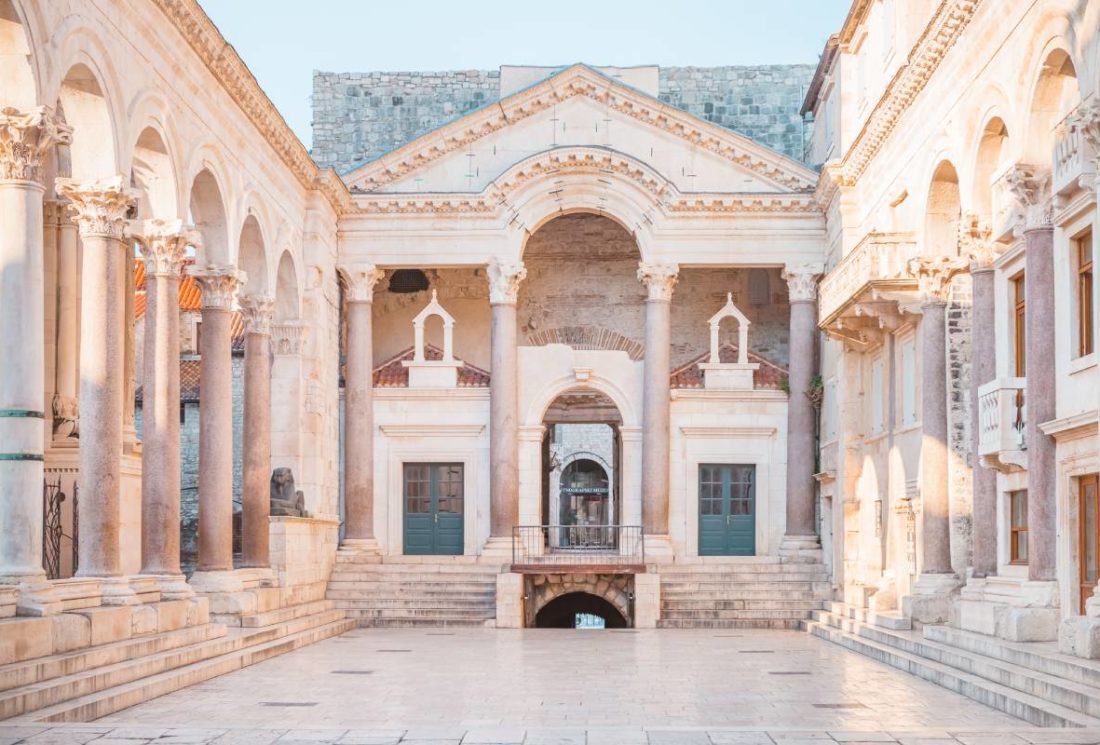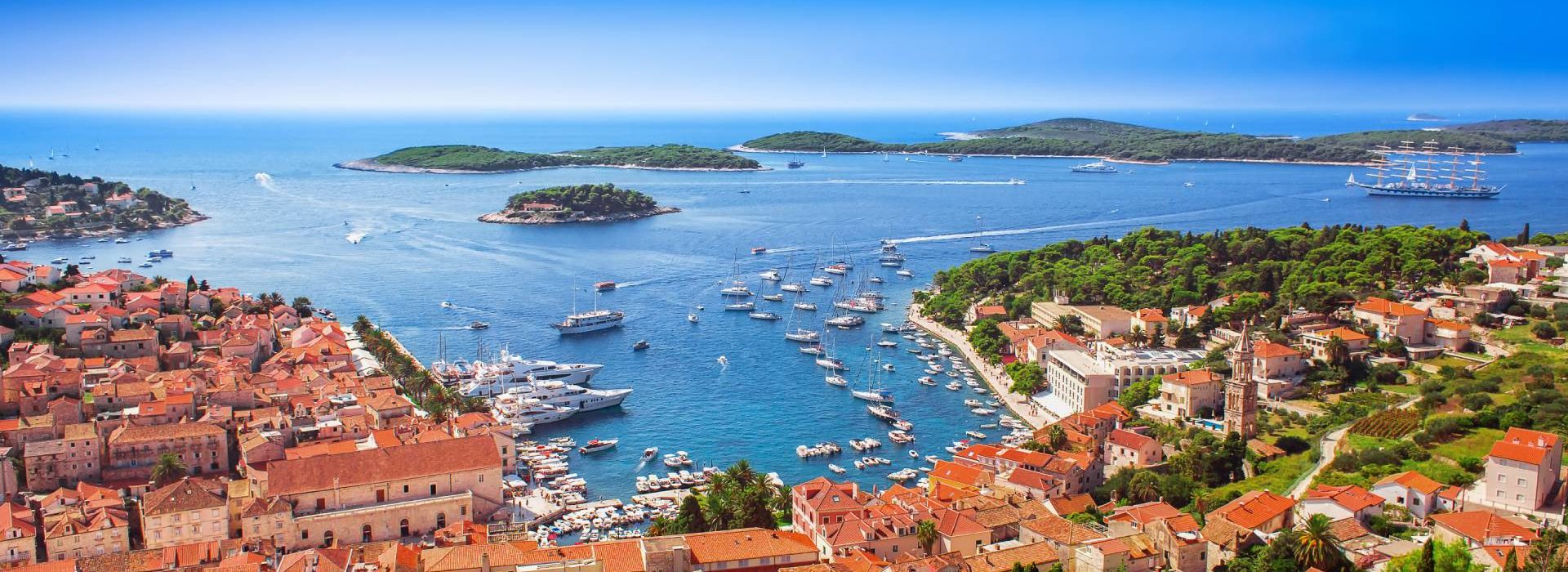
An Expert Travel Guide to Croatia
Step into this fictional film set for yourself
Croatia is the most up-and-coming destination in Europe. Over the last few years it has only been growing in popularity as it becomes easier to visit than ever before.
In 1995, just 1.3 million tourists visited Croatia yet just over a decade later in 2017 this rose to 15.7 million. Today, it is known as a ‘Kingdom of Tourism’ due to what has been dubbed the ‘Game of Thrones effect’. Dubrovnik alone attracts 10,000 visitors a day, wishing to see the fictional capital of King’s Landing.
This country has something to offer all ages, making it the ideal destination for the whole family. There are so many things to do in Croatia, which is why it is useful to know what to expect before you travel.

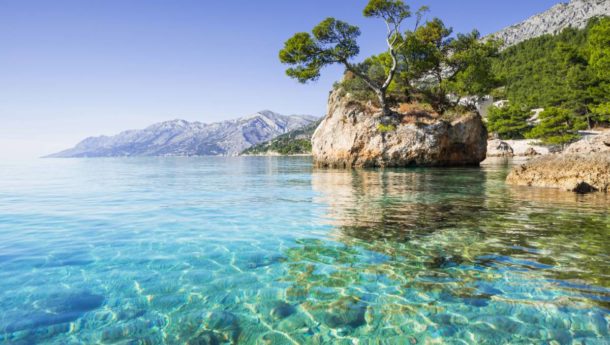
Croatia at a glance
Croatia was firmly put on the map when it provided the scenery for one of HBO’s most famous TV shows, Game of Thrones. Each episode allowed viewers to see the natural beauty that this often-previously-overlooked country has to offer.
You’ll find the dramatic scenery of one of Europe’s most unspoiled nations nestled in the Adriatic Sea. This beautiful country enjoys more than 12 hours of sunshine a day, making it one of the sunniest destinations on the continent too.
As well as the mainland, there are about 1000 islands situated off the coastline, just 50 of which are inhabited.
Whether you would like to explore a historic city such as Dubrovnik and Split or you would prefer to relax on islands like Hvar and Pag, read on to find out what to expect.
Travel advice when visiting Croatia
Croatia is a safe destination. Its capital Zagreb is one of the safest cities in Europe and, according to gov.uk, most visits to the country are trouble-free. However, it is vital to be vigilant and have insurance for peace of mind should anything happen. It is also important to note that you must cover up in certain town centres. In Dubrovnik you’ll see signs that prohibit walking around in swimwear or shirtless – if you do, you could receive an on the spot fine.
Safety tips
Croatia enjoys long hours of sunshine and hot summers which is why you should wear sun cream and keep it topped up throughout the day, especially if you are in and out the water. When you are in the busier areas such as Dubrovnik, make sure you keep your belongings close and leave any valuables you don’t require, in your accommodation.
Transport
It is easy to travel around Croatia. You can reach the islands by ferry or catamaran – primarily from Split, Dubrovnik, Zadar and Rijeka.
You can, of course, hire a car – which will enable you to explore the country at your own pace. However, it is worth noting that walled towns such as Dubrovnik and Split do have pedestrianized historic centres.
Alternatively, you can take the intercity buses between the main destinations or local buses when travelling between more remote locations.
Due to the landscape, trains are limited. However, there are railways between most of the major cities, except Dubrovnik. You’ll find trains travelling between Zagreb and Split both during the day and overnight.
Average accommodation costs
Croatia is known as one of Europe’s more affordable destinations. The average cost of a hotel or hostel for one person is £34 per night. For a couple, it is £64.
The best beaches in Croatia
Across both the mainland and the islands, Croatia benefits from more than 3,600 miles of coastline. Many of the country’s best beaches can be found on the Dalmatian Coast, in the south. The majority of the rugged coastline is formed of fine shingle rather than golden sand. This provides the beaches with a unique kind of beauty.
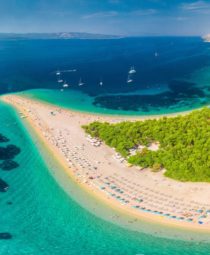

Zlatni Rat Beach, Brač
Not only is this beach one of the most beautiful parts of the coastline in Croatia, it has also been listed among the best beaches in Europe. Also known as the ‘Golden Horn’, this thin strip, which has a pine forest at its centre, creates a V shape as it stretches for about half a mile into the Adriatic Sea. You’ll find it on the southern coast of Brač, just a short distance from Bol. It is the perfect spot for watersports and is the ideal place to watch the sunset.
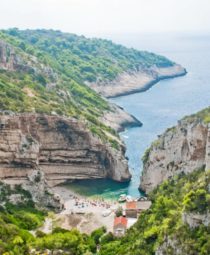
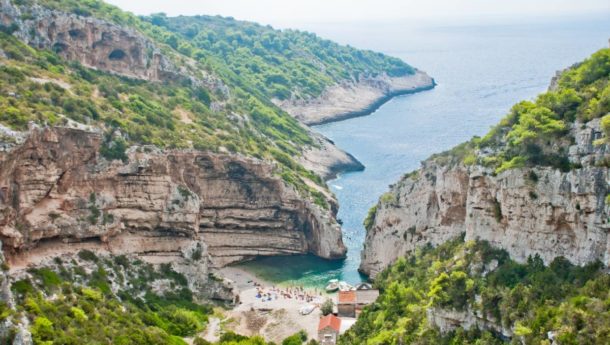
Stiniva, Vis
This beach had also been named among the best in Europe. You’ll find it tucked away on the island of Vis – which is the inhabited island that sits furthest from the mainland, about two hours away by boat. To get to the beach you’ll have to hike down a steep path or take a taxi boat from Rukavac. It might not be easy to reach but it is well worth it. When you arrive you’ll be treated to cliffs towering high above the cove, only separated from the open ocean by a small space between the rocks.
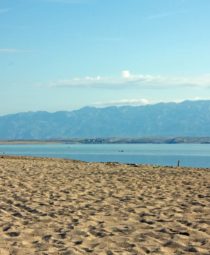
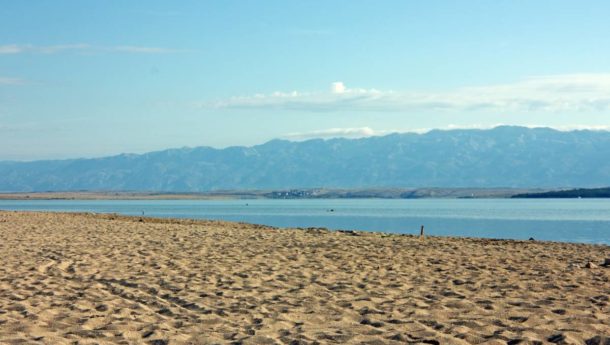
Queen’s Beach, Nin
Queen’s Beach, also known as Kraljičina Plaza, is situated near Zadar. It is the longest sandy beach in Croatia, only one of very few. As you relax on nearly two miles of golden sand and splash about in the sea, you’ll look out on the Velebit Mountains. You might see people covering themselves in mud here. This is peloid mud and can be found behind the beach. You may like to join them if you have any aches and pains – it is known for its healing properties.
Excursions in Croatia
Croatia is the perfect destination for island hopping. From Dubrovnik, it is easy to get to Lokrum – a beautiful, secluded island where Richard the Lionheart was shipwrecked in 1192. Alternatively you might like to go to the Elafiti Islands, three islands that can easily be visited within a day.
Staying in Split? Then it is worth a visit to Hvar where you will find the liveliest atmosphere in the country. If you are looking for somewhere more tranquil, then head for Šolta.
To reach the popular island of Mljet and its National Park you can take a boat from various coastal cities including Dubrovnik. From here it is just under two hours by fast catamaran ferry. Step onto this island and you’ll find lush green forest and sparkling lakes just waiting to be explored. A popular hiking route will take you to Odysseus Cave, the bottom is filled with water which can be reached through a tunnel from the sea by a small boat or swimming. Make sure you also head up to Montokuc for views of the entire park and out to sea. If you want to follow the popular mountain bike route to get here, it starts at Pomena where you will be able to rent a bike. You can also rent a kayak or canoe to take out on the lake.
Also from Dubrovnik, you can visit the neighbouring country of Montenegro. Here you can see the Bay of Kotor, a UNESCO World Heritage Site and the coastal, walled town of Budva.
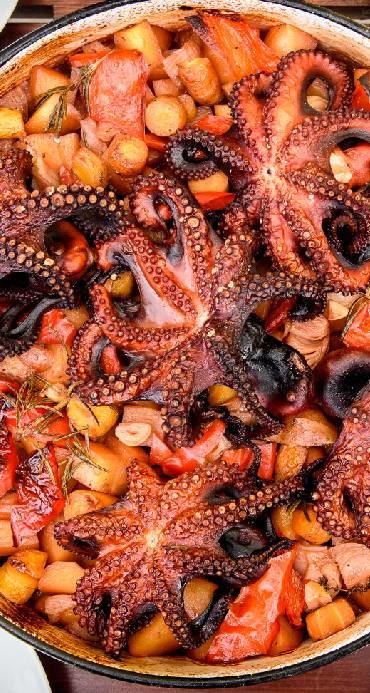
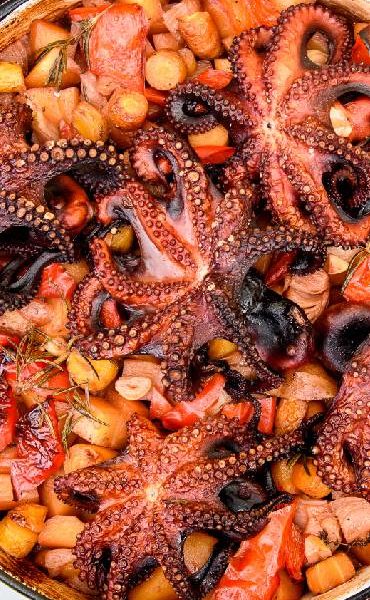
Food and drink in Croatia
The location of Croatia means that many of the dishes are a blend of Mediterranean and Eastern European cuisine.
You won’t be surprised to hear that seafood is popular along the coastline but what you might not expect is how much the food here is influenced by Italian dishes.
Homemade pasta can be found across the country but inland around Istria it is served with truffles.
One of the most popular dishes, particularly in Hvar and Korčula, is salata od hobotnica which is octopus salad. As well as boiled octopus, this includes onion, parsley, olive oil and vinegar
If you are in Dalmatia, you can sample brodet, a fish stew that is made with various types of fish. This will vary depending where you try it but might include crabs, squid and shrimps.
If you don’t like fresh fish then don’t worry as meat is also at the heart of many dishes. You might like to try peka – which needs to be ordered in advance. It is a slow-cooked dish, often made with lamb (the most popular meat) as well as potatoes and vegetables.
To wash it all down, beer is popular in Croatia as are spirits, particularly rakija – a strong flavoured brandy.
In 2017, Monte in Rovinj received Croatia’s first Michelin-starred restaurant.
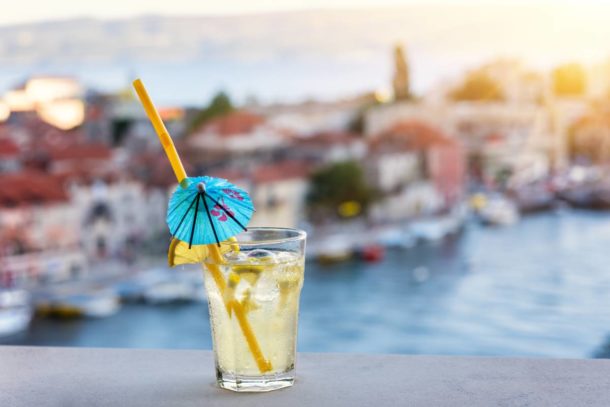
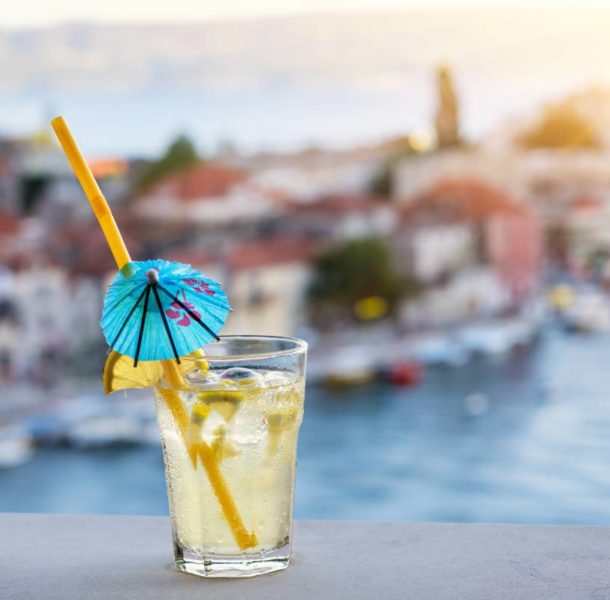
Croatia nightlife
Croatia has been described as the ‘new Ibiza’. While it won’t quite replace the party capital of the world just yet, it has definitely started to show that it could be a contender.
The best place to head, if you are looking for nightlife, is Hvar. There are a number of beach bars here but the best is Carpe Diem Bar and Carpe Diem Beach. Start at the bar and then take a boat to dance under the stars until the early hours of the morning.
There are also a number of festivals in Croatia where you can dance to world-famous artists and DJs under the heat of the sun – and against the backdrop of the sparkling ocean. If you are here in July and like electronic music, Hideout takes place on Zcre Beach in Novalja on the island of Pag. The party doesn’t stop with the festival though, beachfront clubs including Noa Beach Club, Aquarius and Papaya – one of the country’s most famous clubs – are open throughout the summer.
Alternatively, in August, Dimensions takes place in Pula as does sister festival, Outlook, in September. The latter is a mixture of drum and bass, dubstep, reggae and techno.
Shopping in Croatia
If you would like to pick up a few souvenirs, Zagreb is a good place to start. This is a particularly good spot for vintage shops and flea markets. You won’t want to miss Hrelić, an outdoor market where you can pick up a wide range of products including clothing and accessories. There are also a number of vinyl record stores in the capital.
Dubrovnik is also perfect for a spot of retail therapy, especially if you would like to treat yourself to a spot of luxury. Maria Store, which is on Stradun street, is home to designers such as Givenchy, Stella McCartney and Valentino.
In Split, alongside Diocletian’s Palace, you’ll find markets stalls selling local produce. There are also boutiques here where you can some unique gifts to take home to loved ones.
Croatia culture and art
The historic centres of Dubrovnik and Split are both UNESCO world heritage sites, offering both history and culture around every corner as you wander round what is effectively an open-air museum.
There are a number of museums and art galleries in Croatia, most notably in Zagreb, Split and Dubrovnik.
It’s also worth heading to Mlini, which can be found a short distance from Dubrovnik. This small fishing village is the ideal place to learn about local culture.
In the capital, another of the country’s historic cities, you’ll find one of the country’s more unique museums – the Museum of Broken Relationships. It was opened when Olinka Vistina and Drazen Grubisic, who are both Croatian artists, went their separate ways but wanted to keep sentimental items. Now others have donated items, including everything from letters to the more unusual, such as a bottle filled with tears.
In Zagreb you can also visit the Museum of Contemporary Art as well as the Museum of Arts and Crafts. In Split, you’ll find the Museum of Fine Art and the Mestrovic Gallery and over in Dubrovnik there is the MOMAD, Museum of Modern Art.
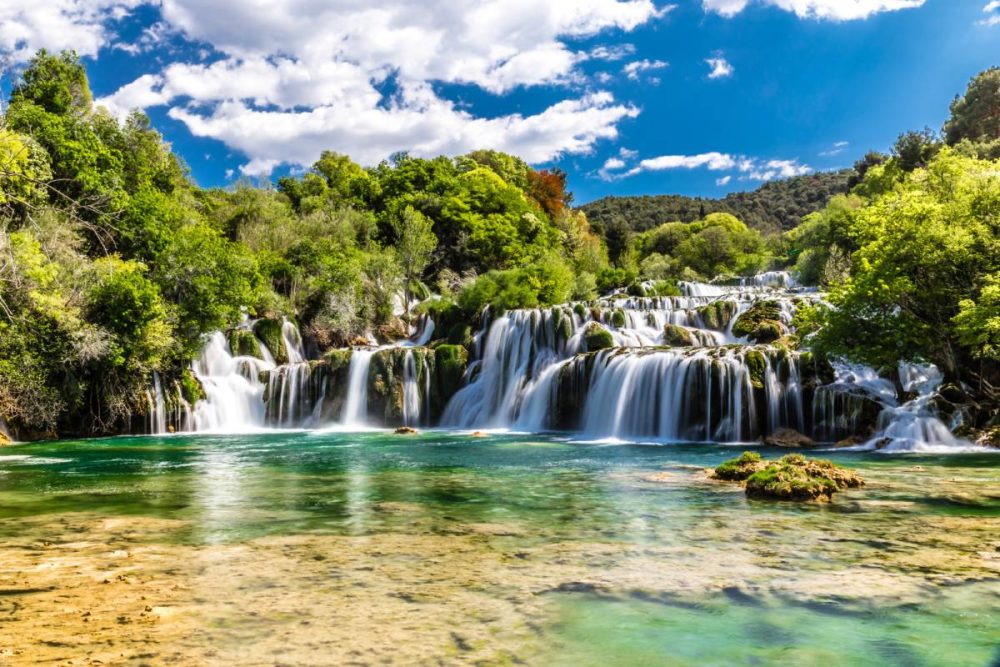
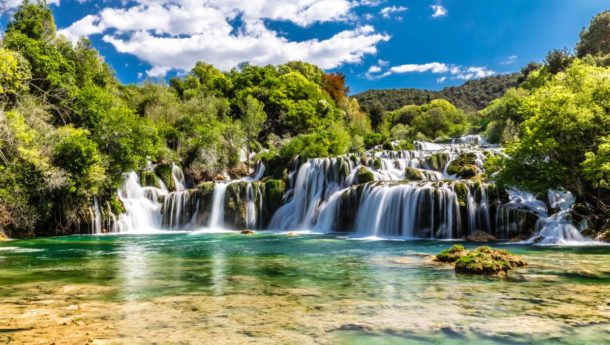
Outdoor adventure in Croatia
Croatia is the ideal destination for outdoor adventure. While Plitvice is the most famous and visited National Park in the country it isn’t the only one. In fact there are actually eight. You won’t want to miss Krka National Park which is situated near Sibenik. As well as exploring the beautiful waterfalls, it is also possible to swim in some of them here.
Head to Paklenica National Park if you would like to go rock climbing – there are around 400 routes you can follow. Would you prefer to go caving? The best place for this is Modrica Cave which can be found near Zadar.
Popular activities in Croatia include hiking and trekking, especially in the Biokovo Mountain, which is the highest in Dalmatia. There are various different routes to choose from, varying in difficulty that you can take by yourself or with a guide. Alternatively, visit Orebic where you’ll find the Sveti Ilija Mountain which is perfect for hiking and boasts wonderful views across the Adriatic Sea.
Do you fancy ziplining? Fly over the Pazin Cave in Istria or over the Cetina River Canyon at in Omiš. You can also go mountain biking, white water rafting, canyoning, windsurfing, kite-boarding, horse riding and sea kayaking – which is particularly good in Cavtat.
Don’t forget there is a vibrant, colourful world to discover beneath the surface too. The water is so clear that you can see plenty of marine life before you go under, making it the perfect destination for snorkelling and diving. Hvar, Mljet and Vis Islands are among the best places to put on your snorkel mask. If you choose to dive, as well as coming face to face with sea life, this is the ideal spot for wreck diving. One of the most popular is Lina, a ship that sunk back in 1914. You’ll find it in Kvarner Bay, off Cres Island.
Off-the-beaten track
While you’ll no doubt want to explore Croatia’s most famous cities such as Split and Dubrovnik, there is plenty more to discover in this unspoilt country. If you want to step off the traditional tourist trail, here are three places you might like to start.

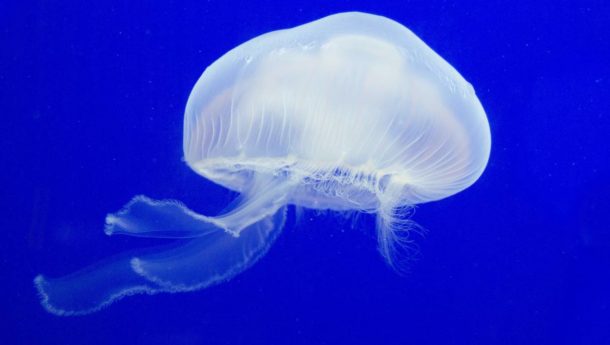
Aquarium Pula
The location of this aquarium is what makes it particularly unique. It can be found in fort ‘Verudela’, which was built in 1886 and was previously part of ‘Fortress Pula’. Here you can come face-to-face with more than 250 species of sea life including sharks, turtles, jellyfish, stingrays, piranhas, sea horses and caiman.
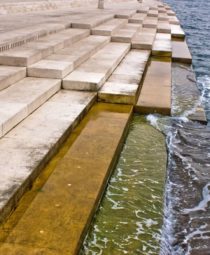
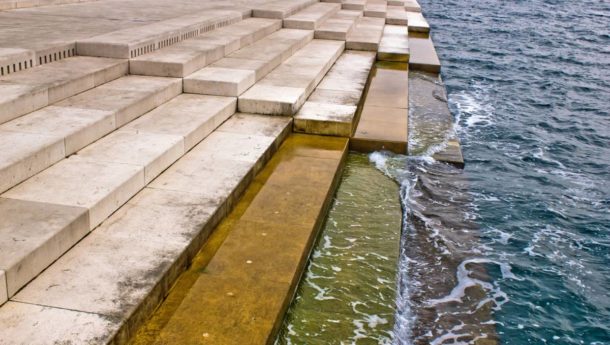
Sea Organ in Zadar
This may look like it is just steps leading down into the water but it is actually a musical instrument that is played by the waves. Both water and air flow through chambers into the steps closest to the sea and they come out at the top, producing a chime-like noise. The sound produced varies with the changing motion of the sea.

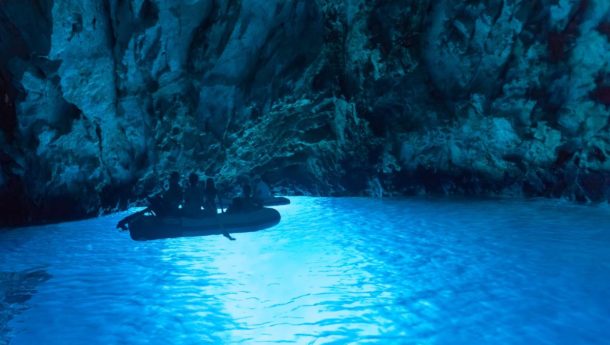
Blue Cave of Bisevo
From a fishing village called Komiza on the island of Vis, it’s around an hour by boat from here to Bisevo island. Once you arrive at the entrance to the cave, which was created in 1884, you’ll enter in an inflatable boat. The best time to visit is between 11am and 12pm when the sun’s rays reflect off the water and the whole cave glows blue.
Best times to travel to Croatia
Croatia is a year-round destination and boasts one of the sunniest coastlines in Europe. The hottest months are July and August when the average temperature is 26°. The best time to visit is during May and June or September and October. During these months you can expect between 11 and 12 hours of sunshine a day and pleasant temperatures without it being too hot. This means you’ll be able to explore the busier cities such as Dubrovnik without the crowds and take advantage of the wide range of outdoor activities.
Now you know what to expect from Croatia, you just need to decide which part of the country to explore first.

Find the perfect Croatia holiday
Let us help you find the perfect holiday destination for you
View all Croatia holidays